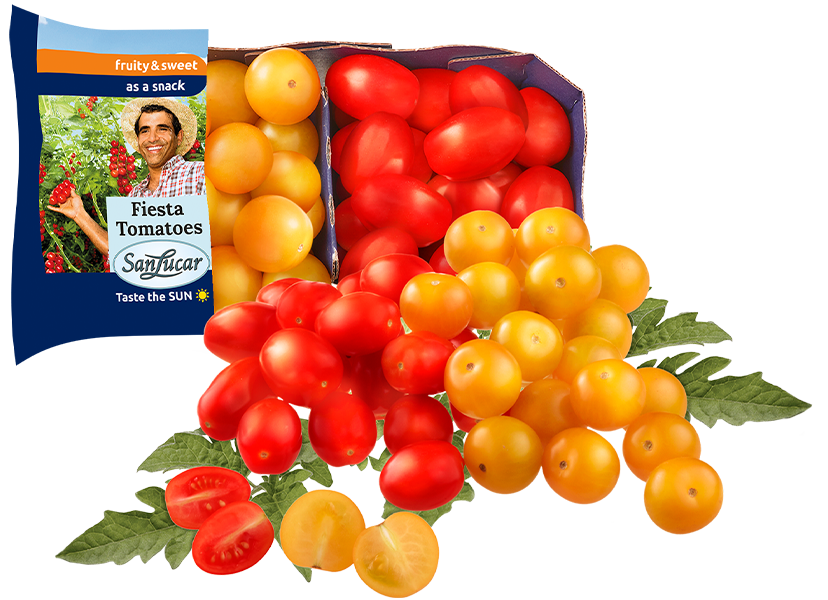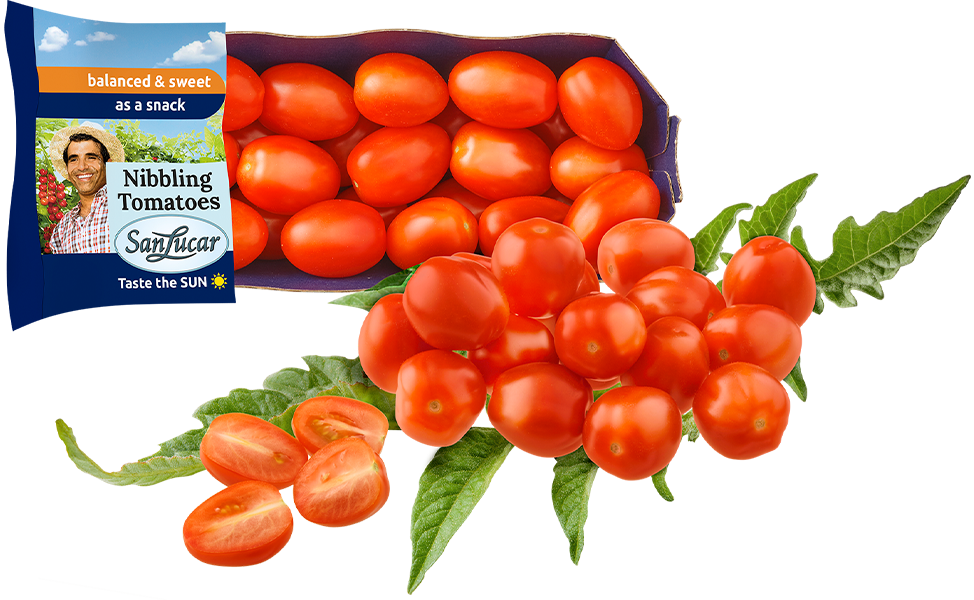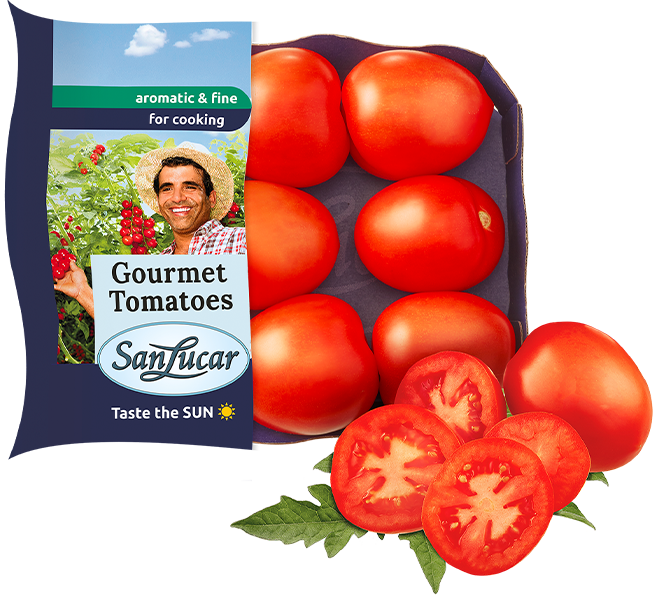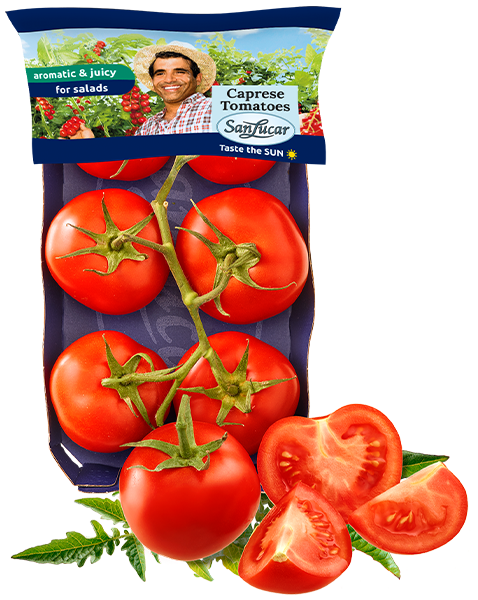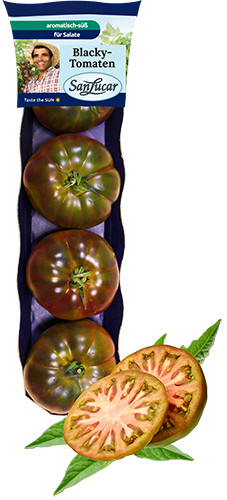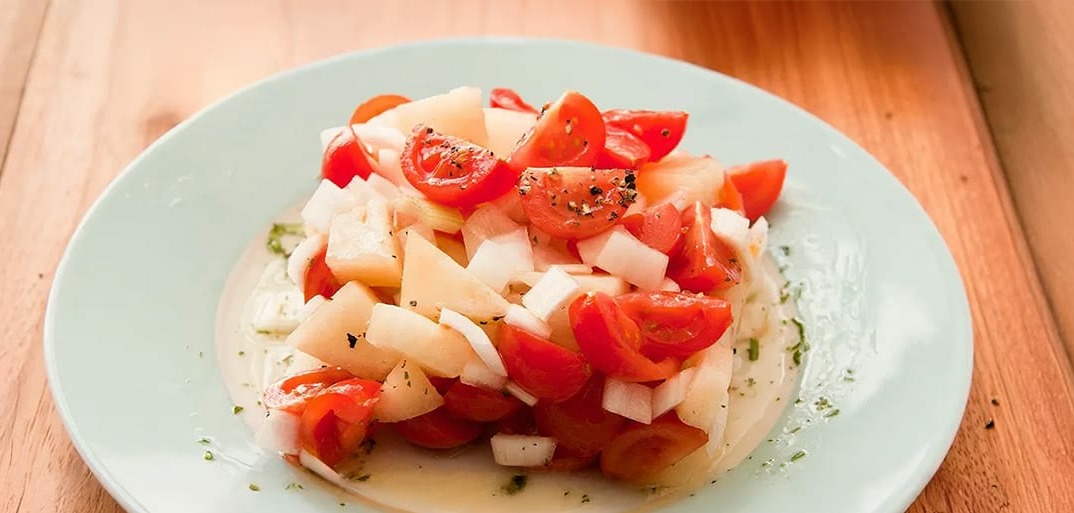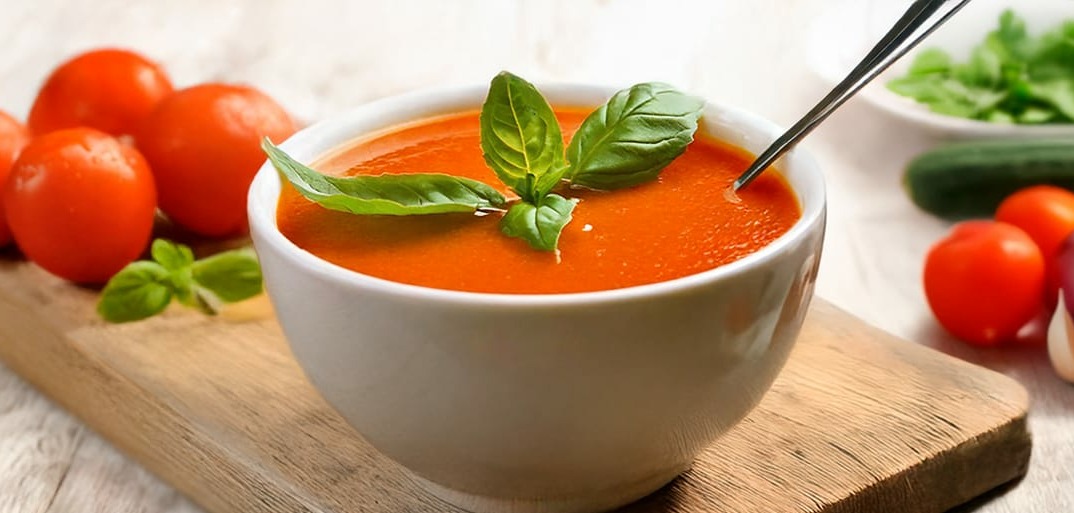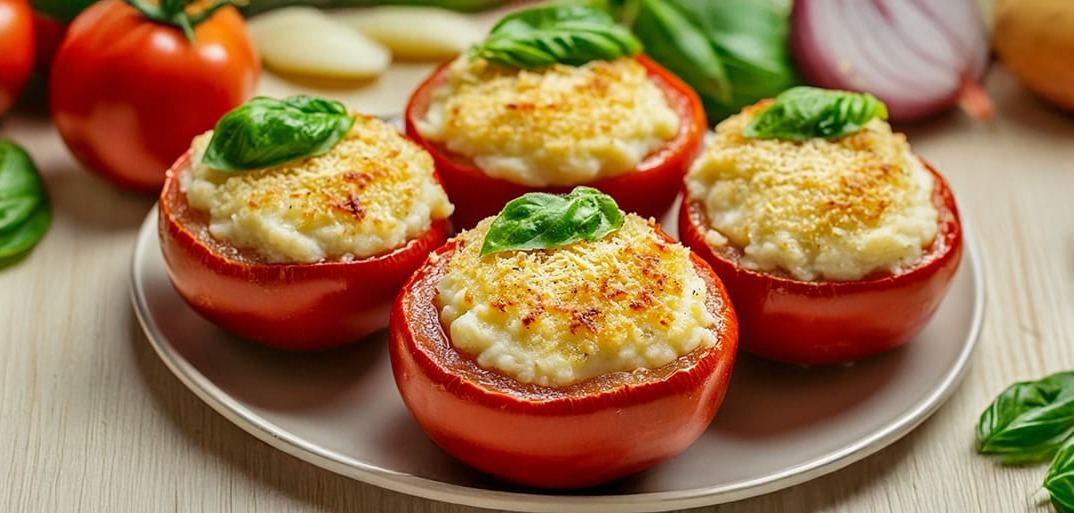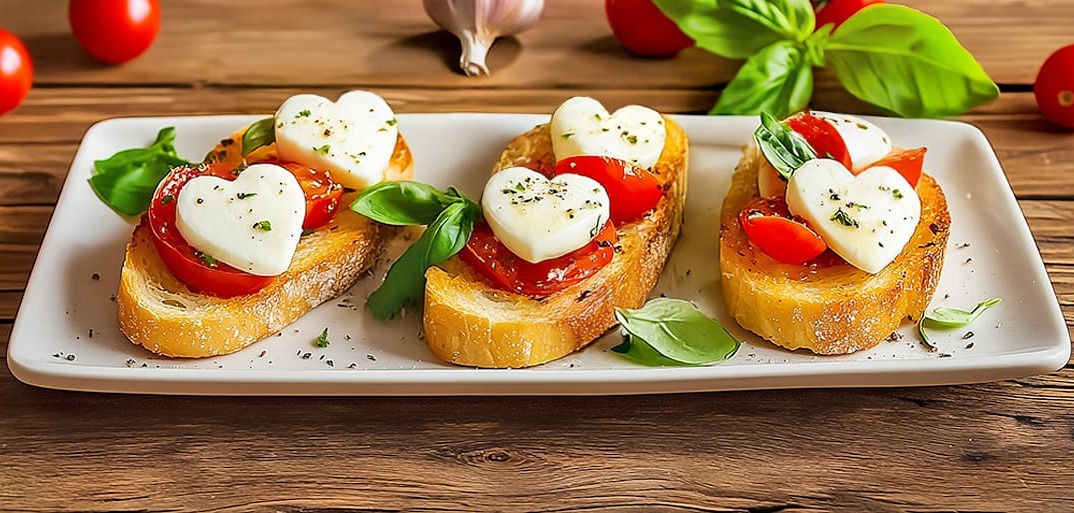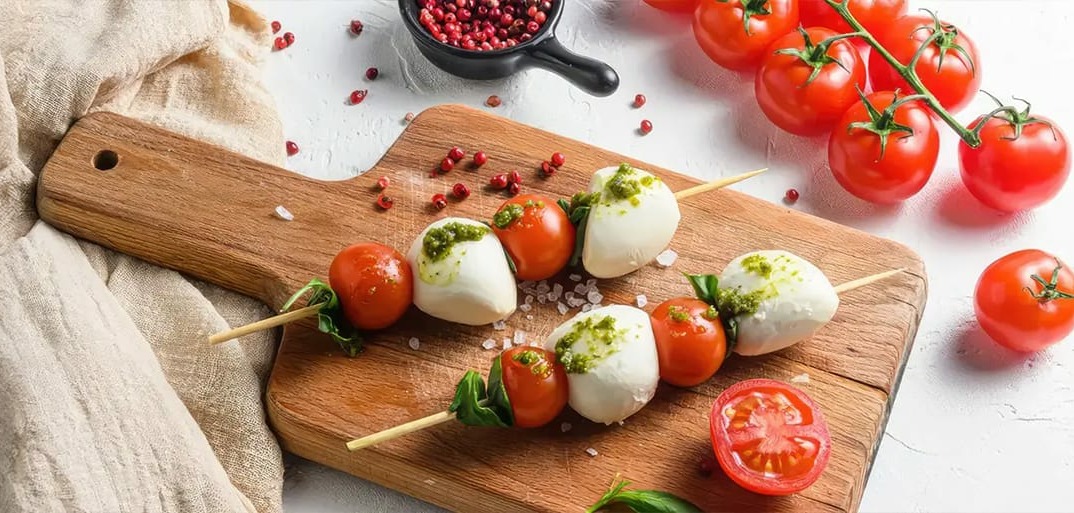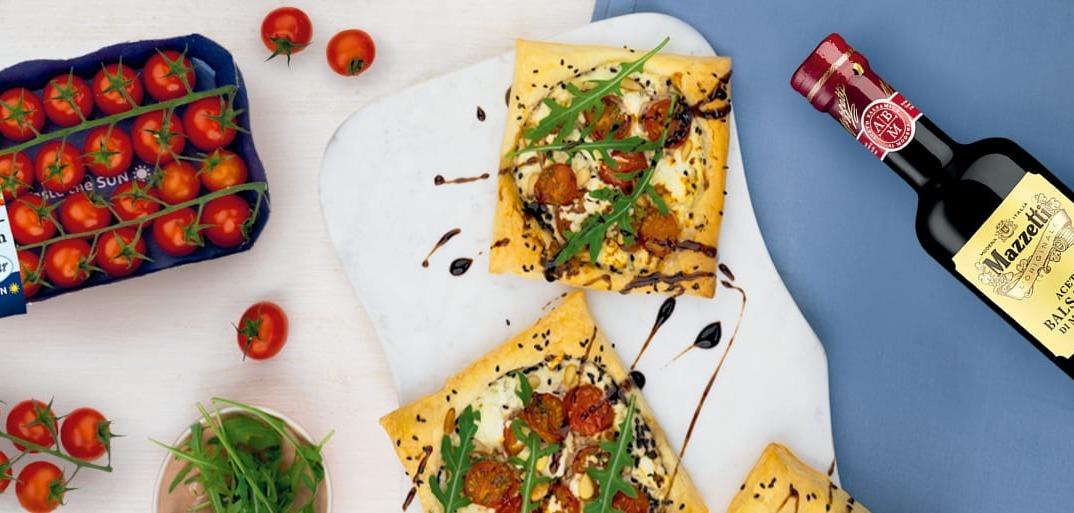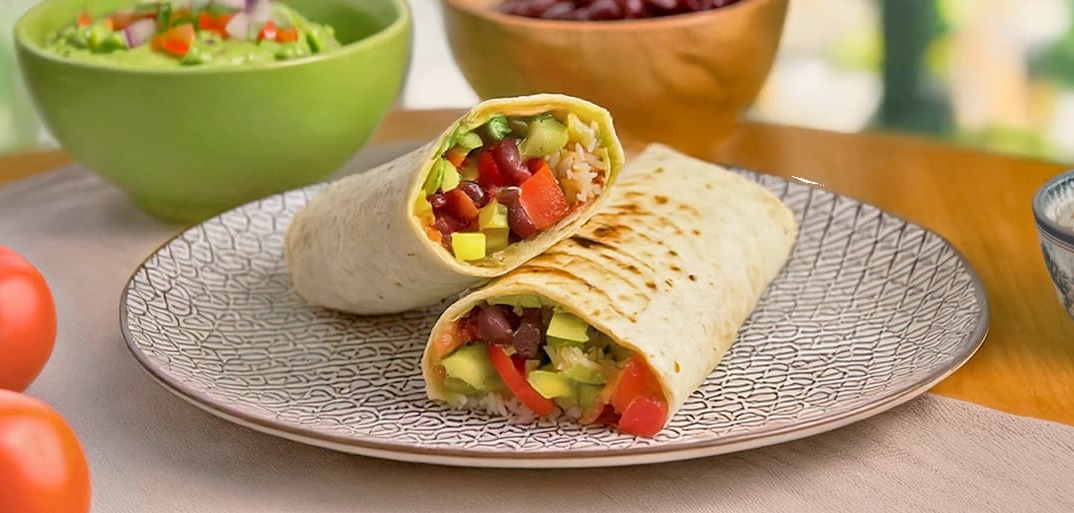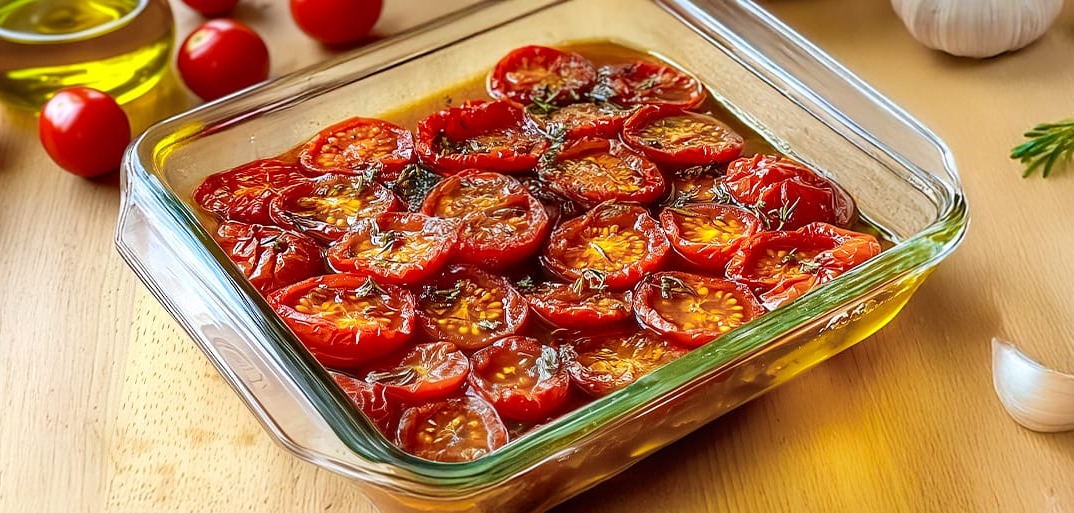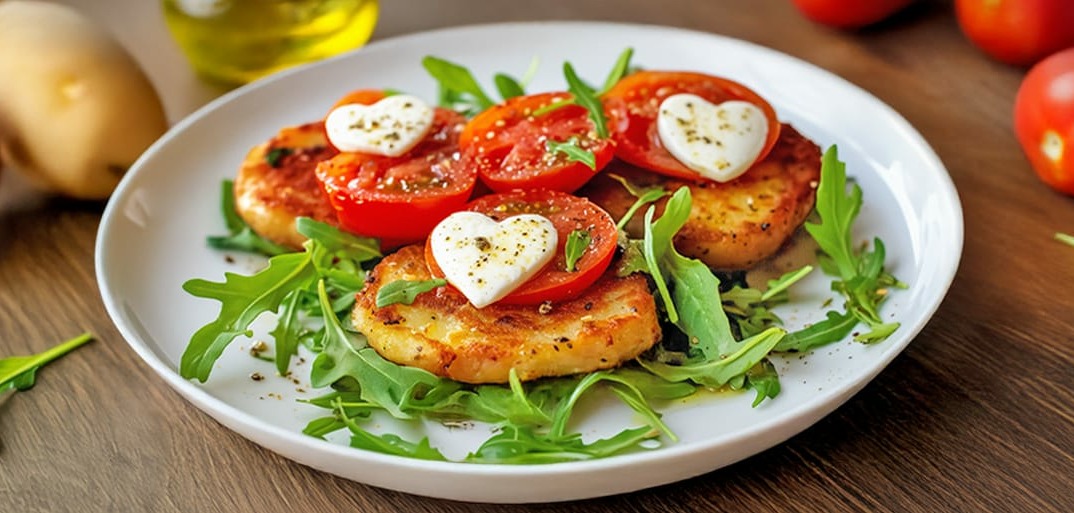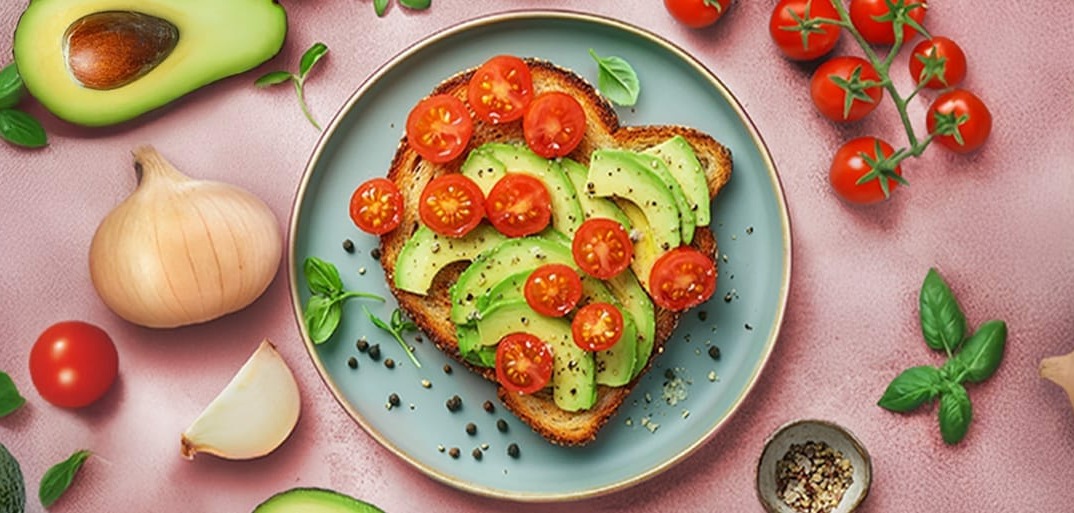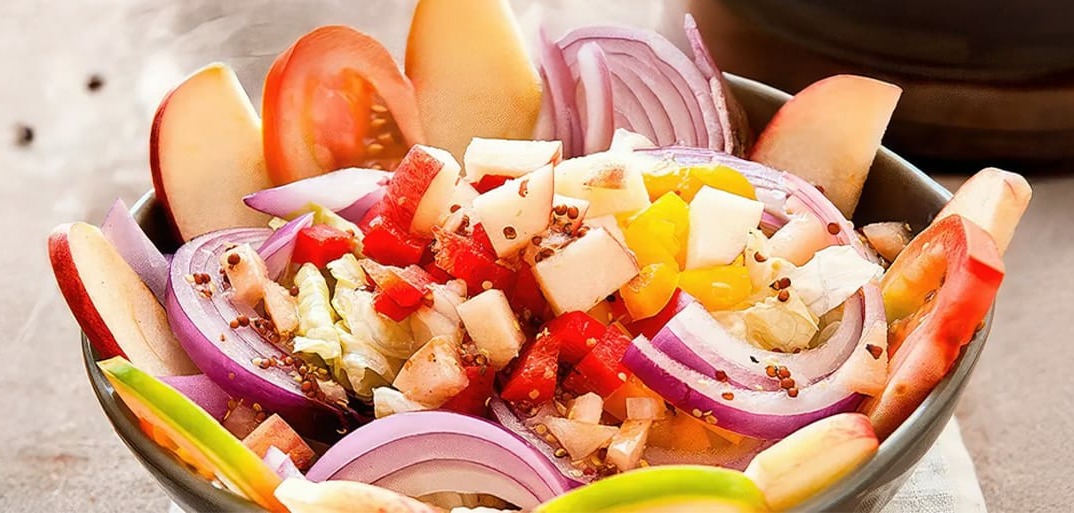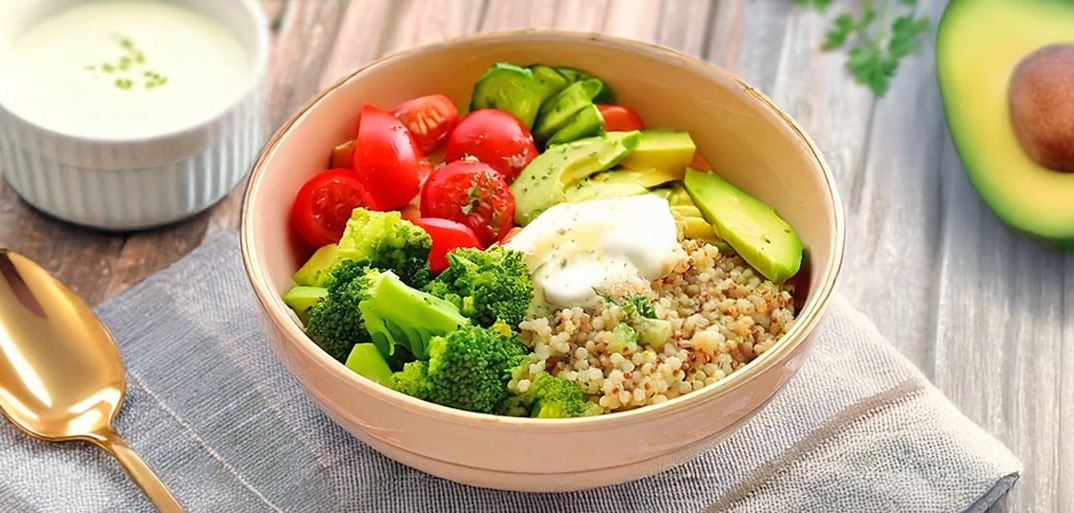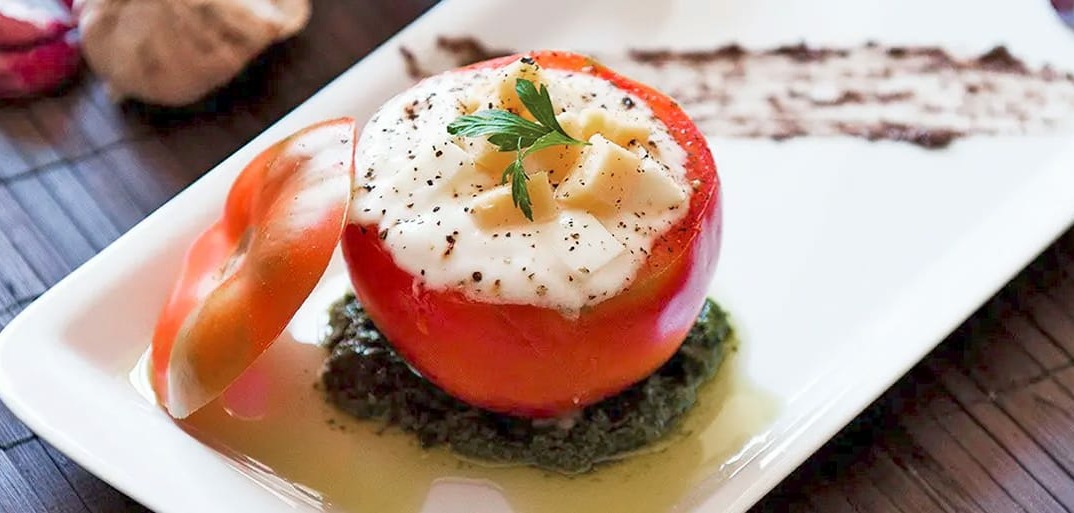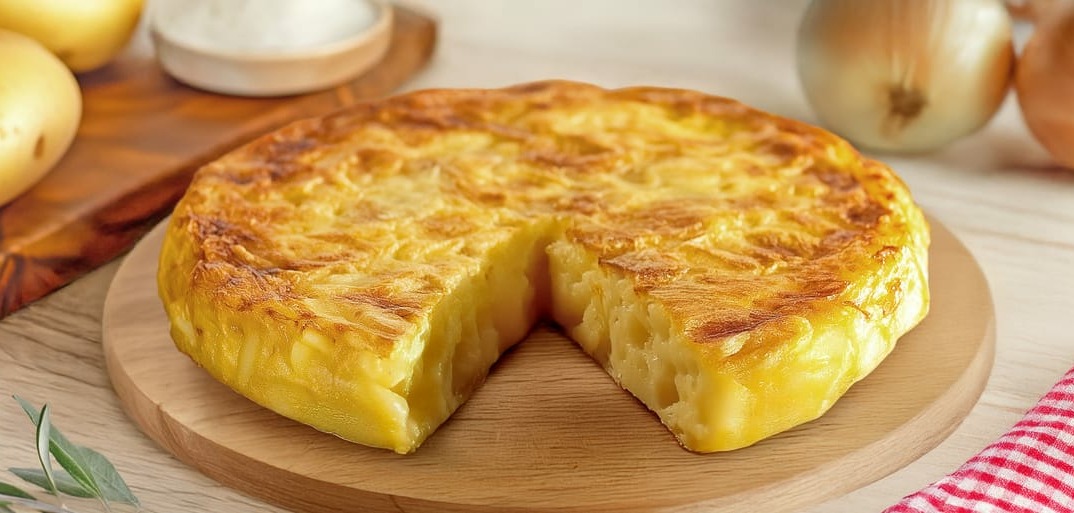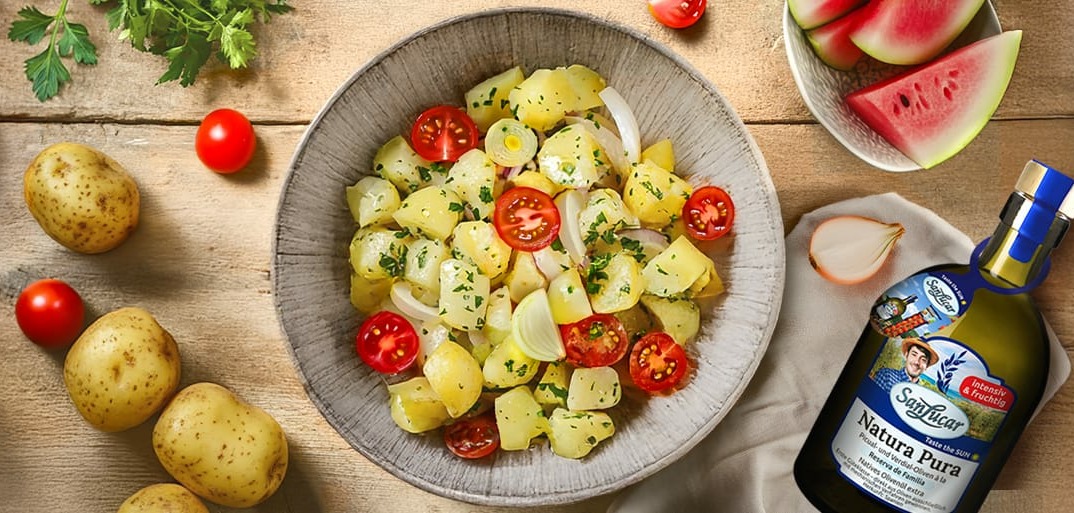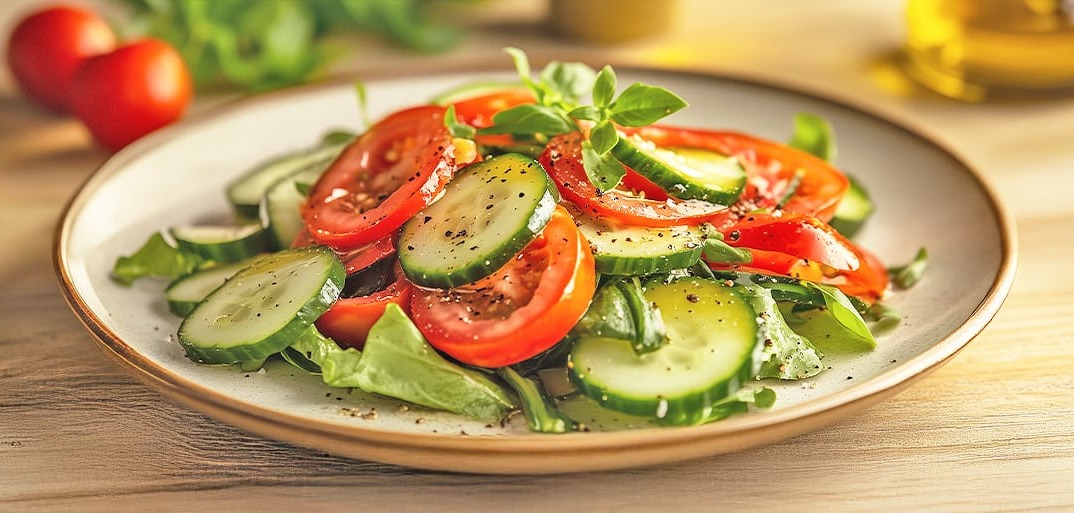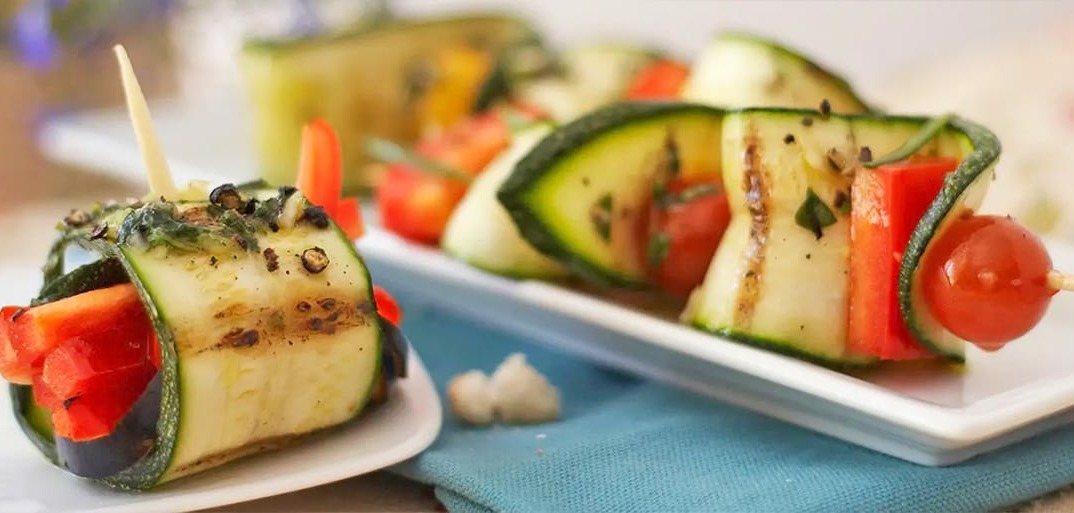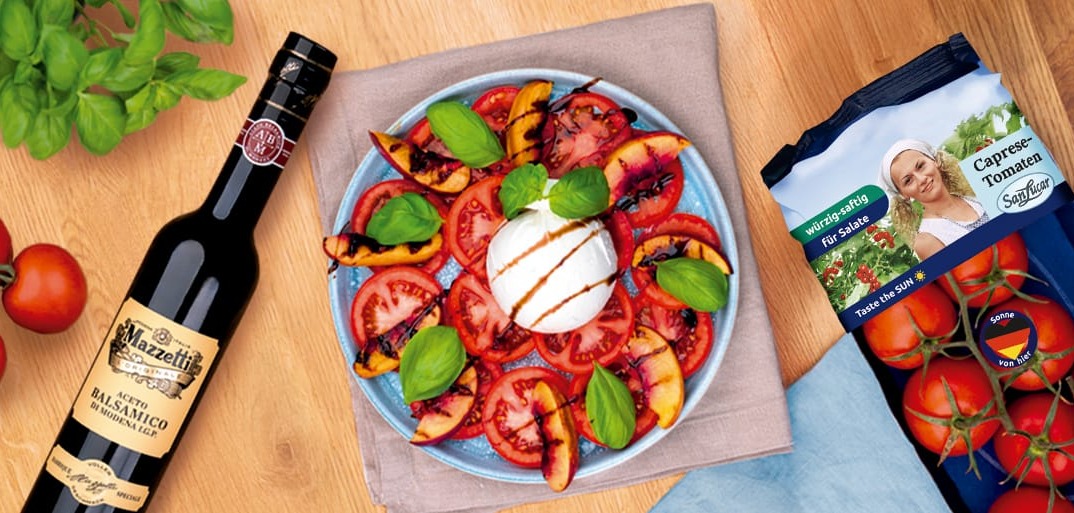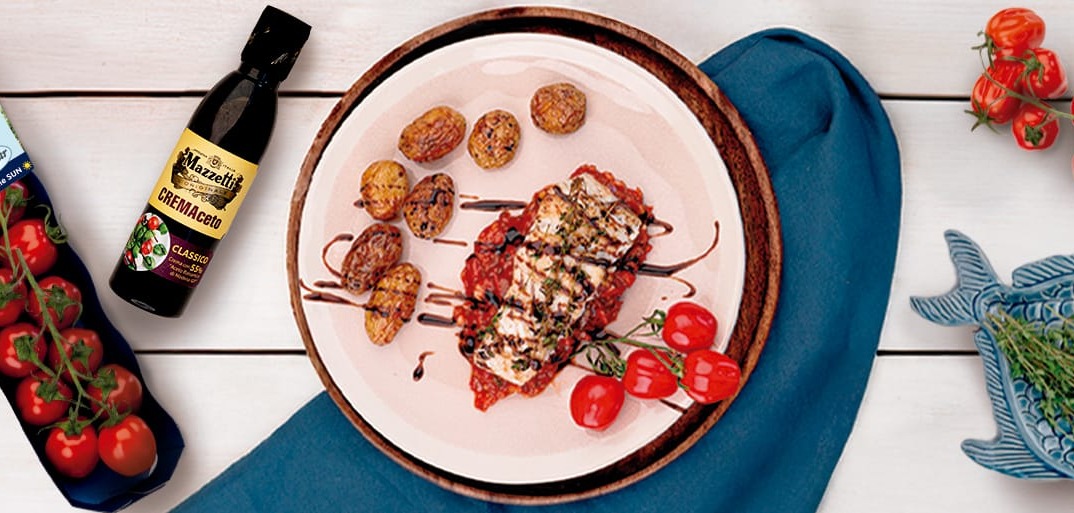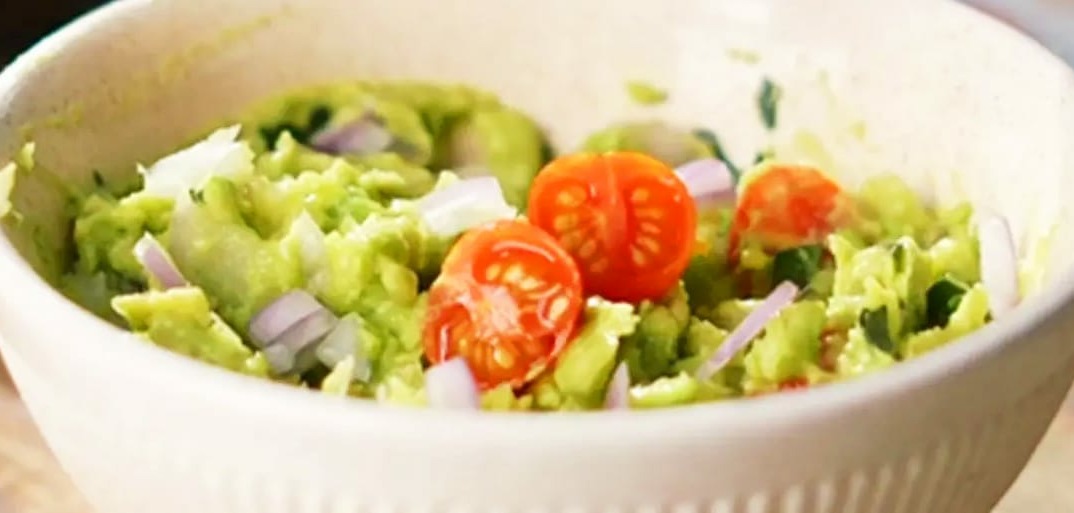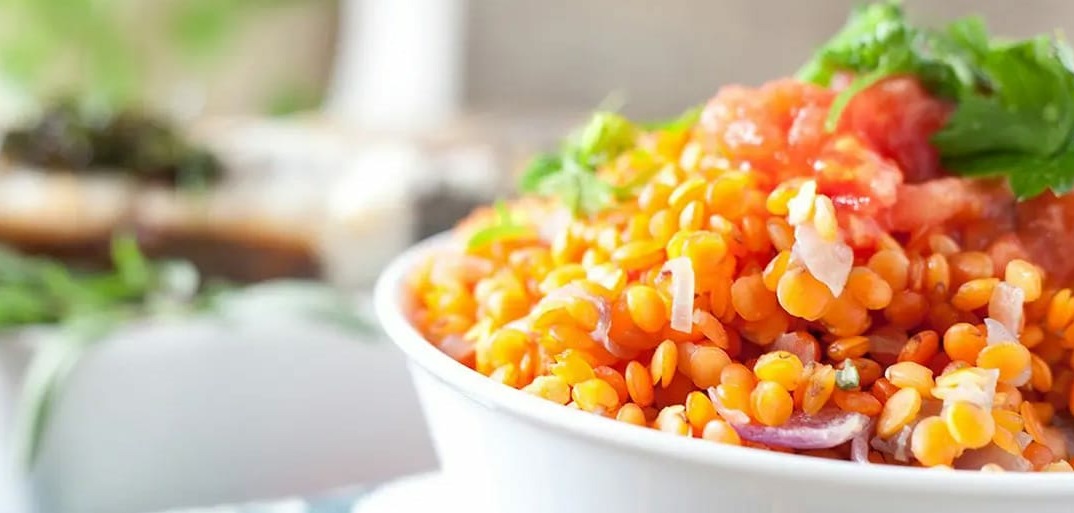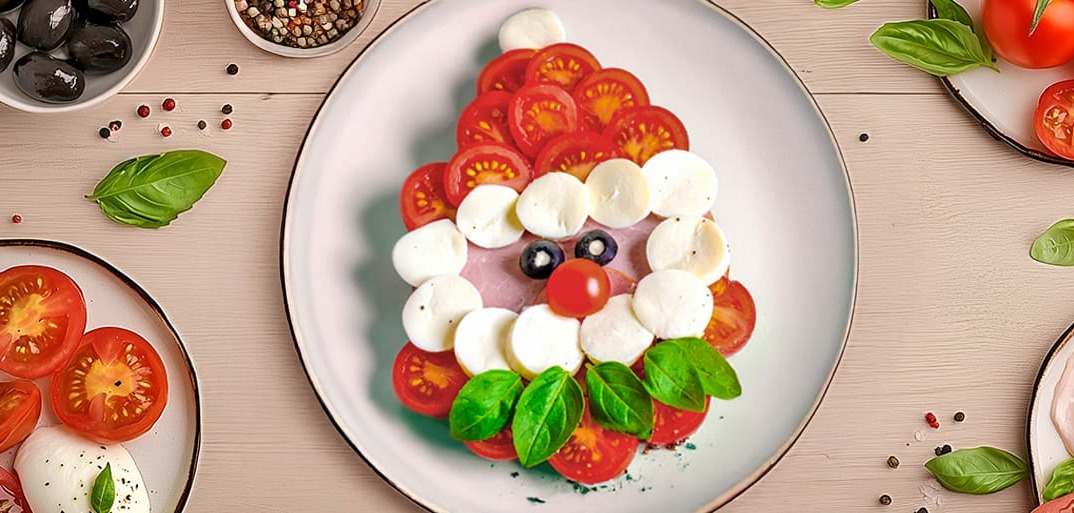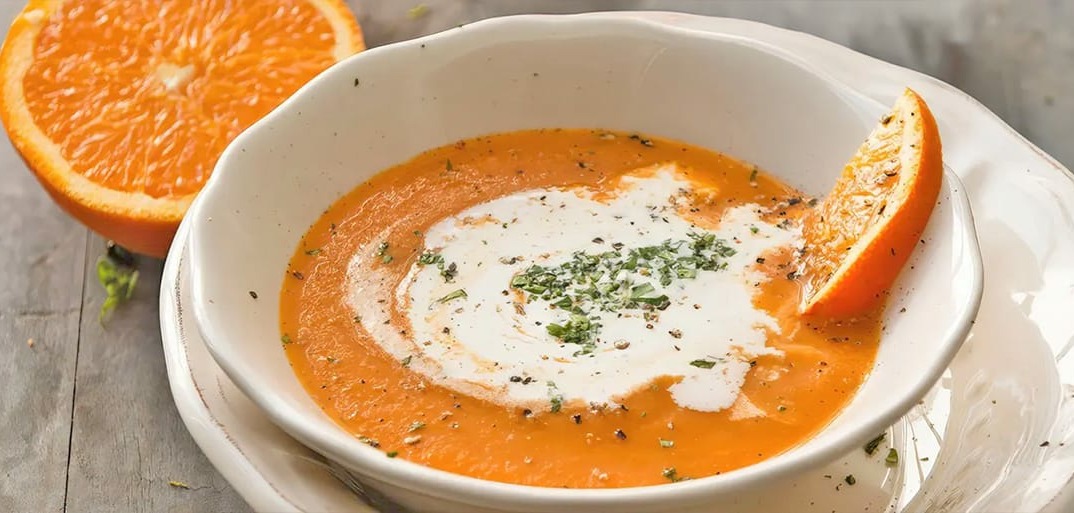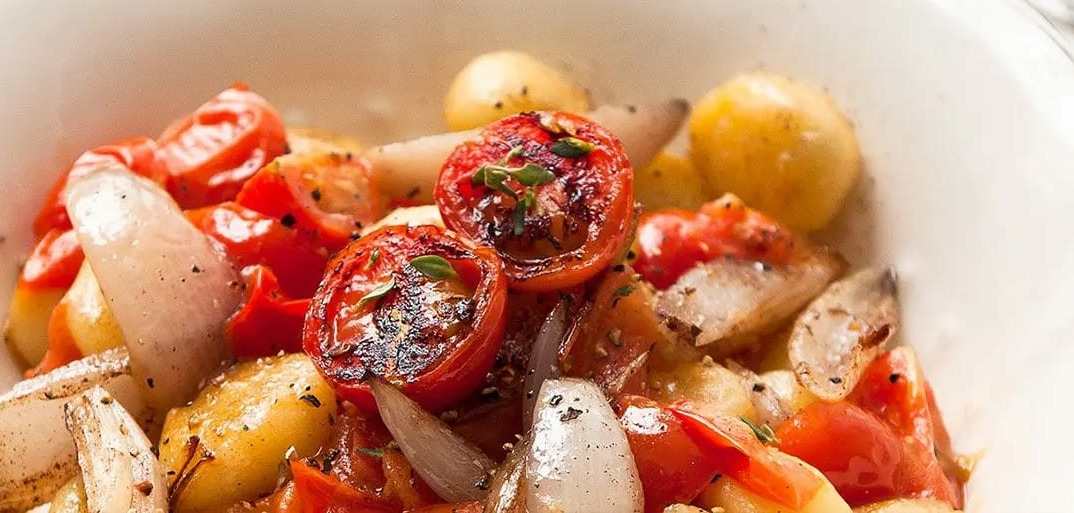
Taste the sun 365 days a year.
Whether spicy or sweet, firm or tender, everyone will find their favourite tomato with us – all year round!
From November to May, for example, our tomatoes come from our Tunisian oasis “El Hamma”.
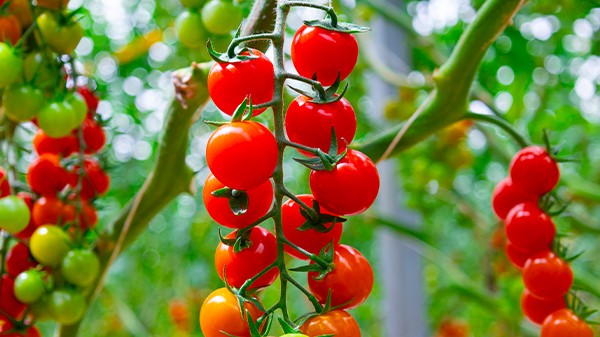
The oasis is fed by a thermal spring that bubbles up at 60 degree Celsius. “We irrigate the fruit with this mineral-rich spring water. That’s what makes them so aromatic. And the intense sun makes them heavenly sweet,” says picker Mabrouk.
We all know that nature is our most important cultivation partner. That’s why we treat it well and use natural predators or scent traps to deal with pests, for example. In 2024, we were even honoured by the Tunisian Prime Minister with the “Environmental Impact Award” for our contribution to the environment.
In the summer months, we harvest our tomatoes in the Rhineland, in Germany, as well as in other places. There, too, we pamper them with love and expertise.
“We prune the plants regularly so that all the energy goes into the fruit, and they get plenty of sunshine,” explains picker Anna. “Because that’s so important for their delicious taste.”
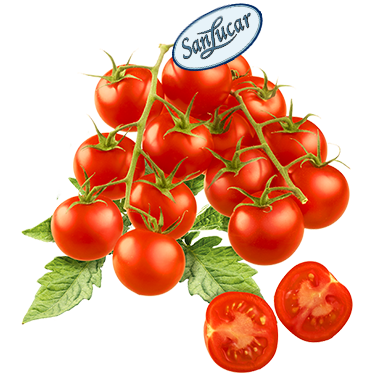
Good to know
Have the tomatoes gone soft? Simply conjure up a summery, fruity gazpacho from them.
More interesting factsabout tomatoes
Country of origin
From November to May our aromatic tomatoes come from Spain and our Tunisian oasis, in the summer months from Germany and Holland, for example.
History
Like almost all nightshade plants, tomatoes originated in South America. The Aztecs cultivated them and gave them their name, as well. The Aztec term “tomatle” became the name tomato. Although the Spaniards brought them to Europe after their first voyages of discovery, they did not find their way into the kitchen until the 19th century. In Germany, it became popular at the end of the 19th century and was considered an important and healthy food supplement during the First World War.
Storage
For a full flavor, the post-ripening fruits are best stored in an airy and shady place. This way they will last two to three days and spoil you with delicious sweetness. If you can avoid it, it is better not to put them in the refrigerator. But in case you do, it’s best to put them in the crisper, so they’ll stay fresh for about a week. Take them out 30 minutes before eating.
Tips and special features
Mediterranean cuisine without tomatoes? Unimaginable. At the University of Oberta in Catalonia (UOC) has found that just one tomato provides 40 percent of the daily vitamin C requirement. Because of its high water content, it tastes wonderfully refreshing and contains – in addition to other vitamins and minerals such as phosphorus – the plant pigment lycopene. It is responsible for the bright red color and, according to the UOC, is a natural antioxidant with positive health properties. By the way, most of it is in the peel. And how good that SanLucar has so much choice for snacking, indulging and cooking.
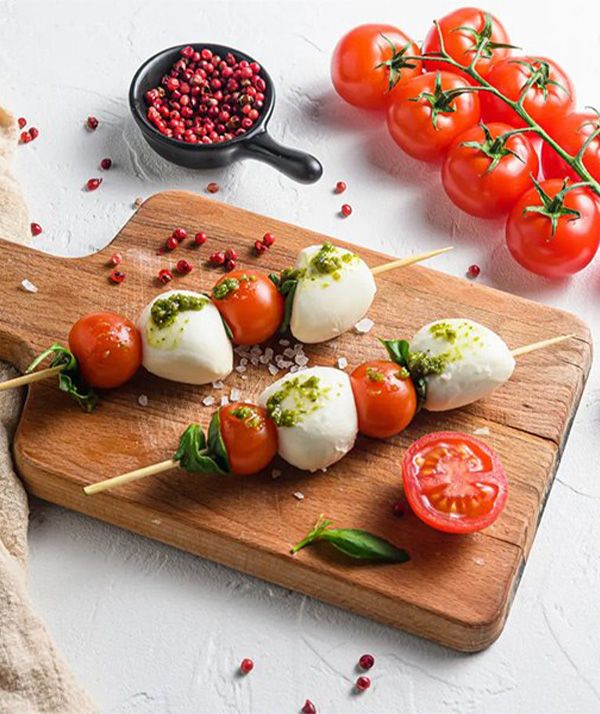
Nutritional information
| Vitamin A (mg/100 g) | 0.7 mg |
| Vitamin B (mg/100g) | 1.7 mg |
| Vitamin C (mg/100 g) | 19.3 mg |
| Vitamin E (mg/100 g) | 1.6 mg |
| Potassium (mg/100 g) | 235 mg |
| Magnesium (mg/100g) | 11 mg |
| Calorific values: Energy | 17 kcal |
| Fett thereof |
0.2 g |
| Monounsaturated fatty acids | |
| Polyunsaturated fatty acids | |
| Carbonhydrates | 2.6 g |
| of which sugar | 2.5 g |
| Protein | 1 g |
| Salt | 8 g |
| © German Food Code 3.02 |



